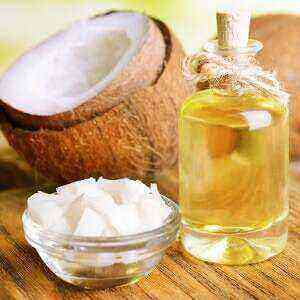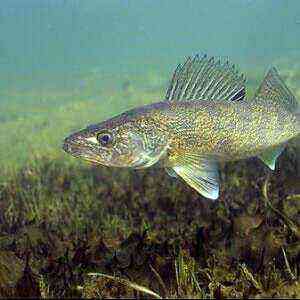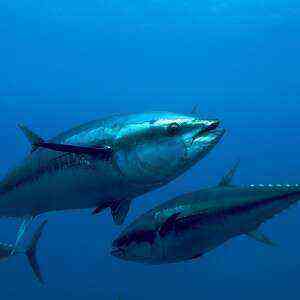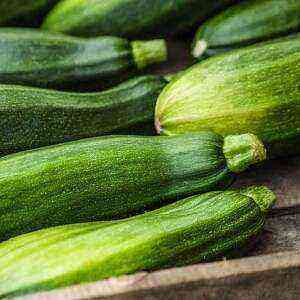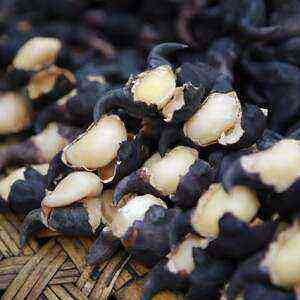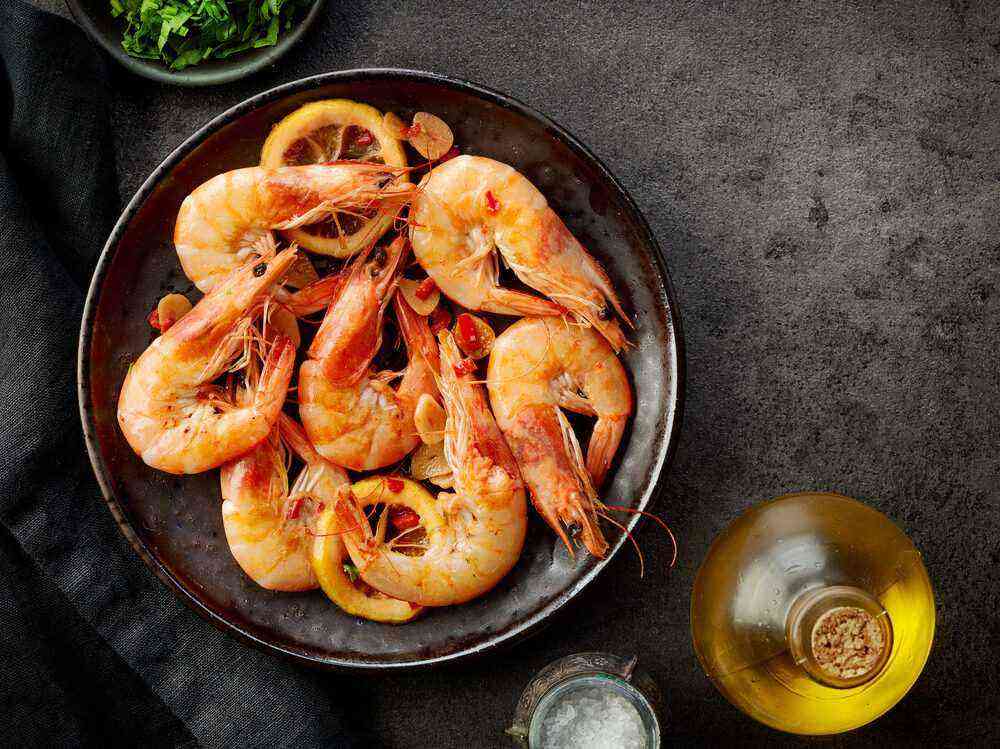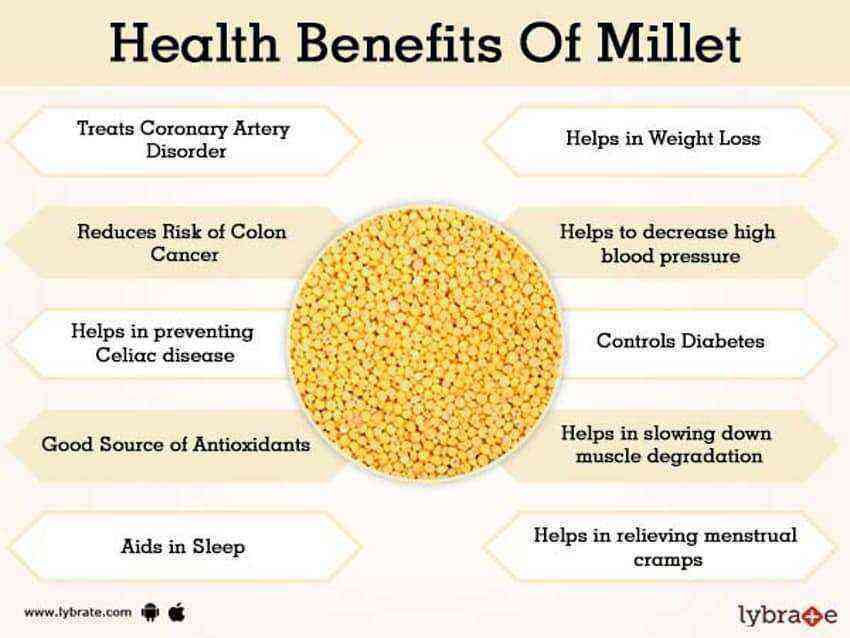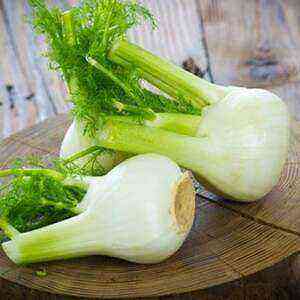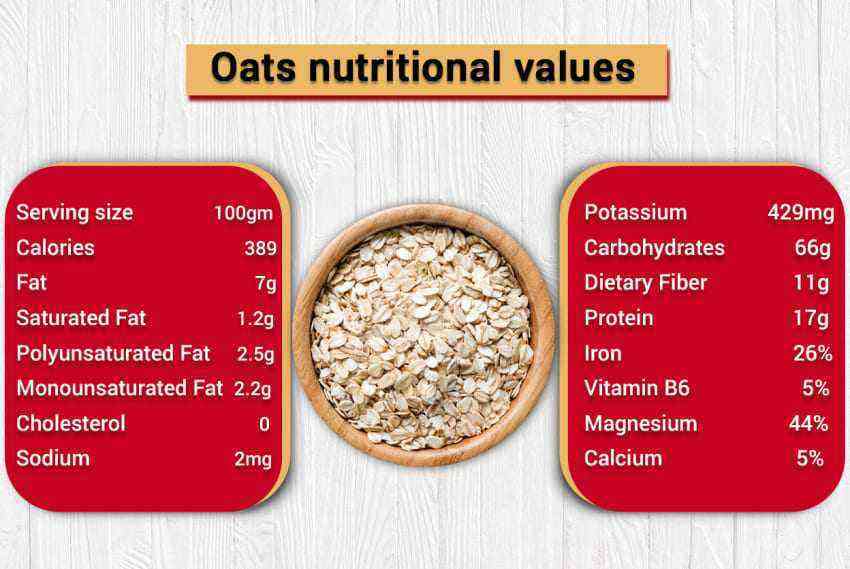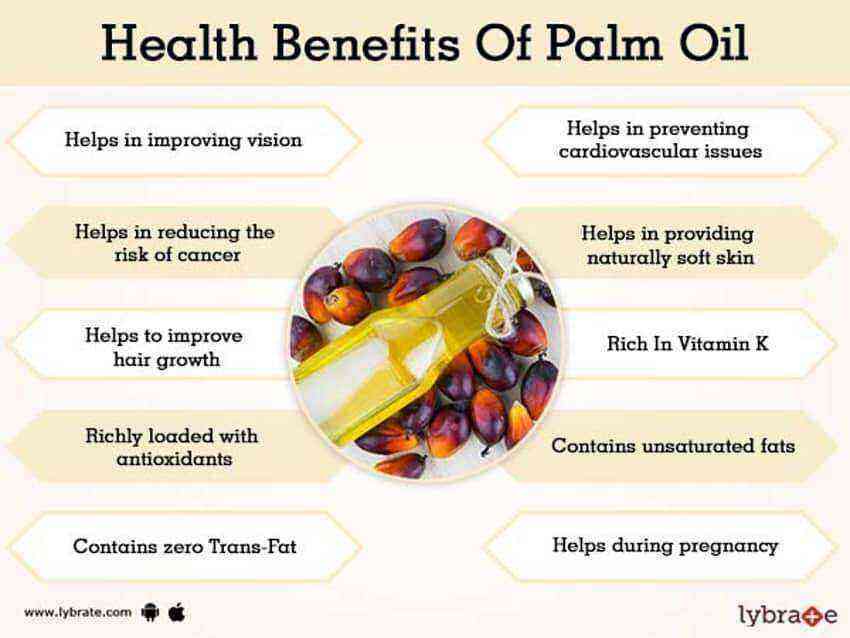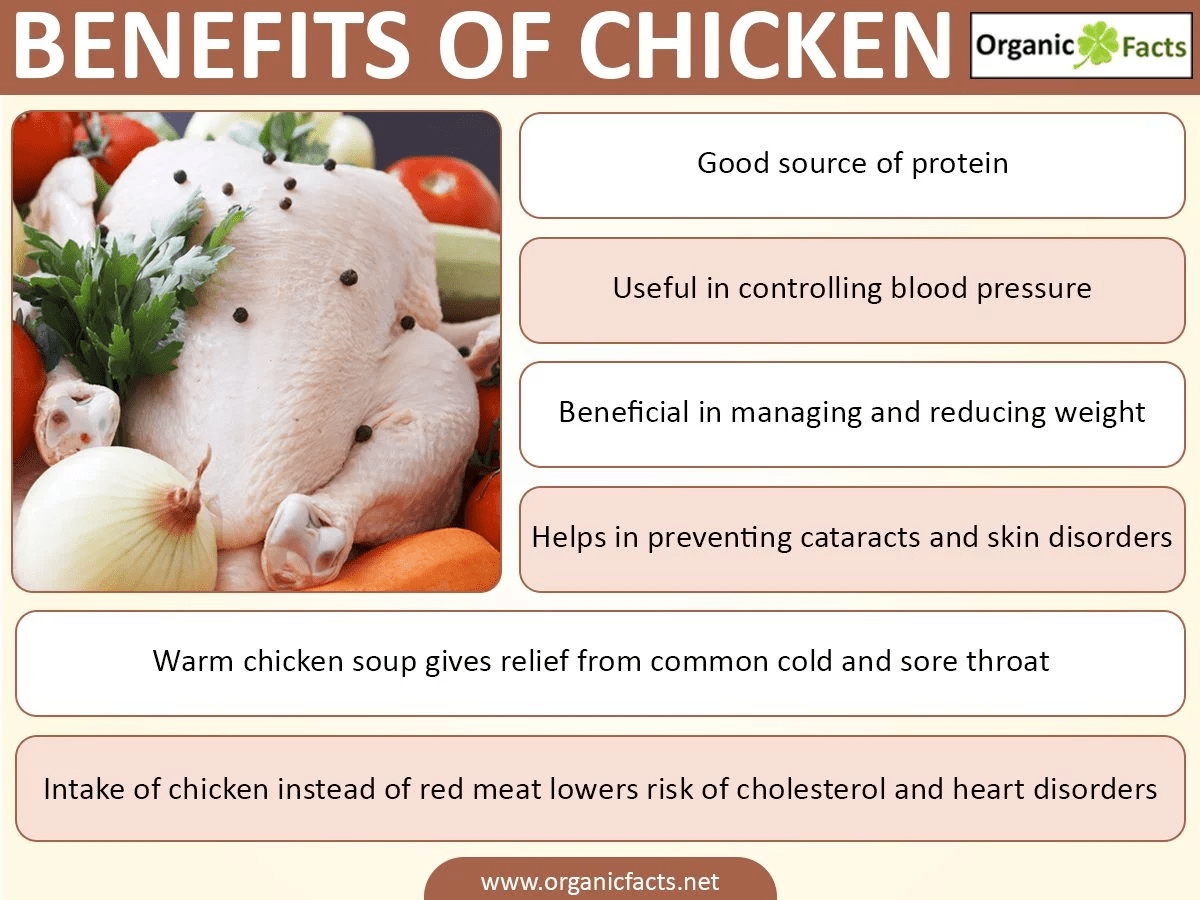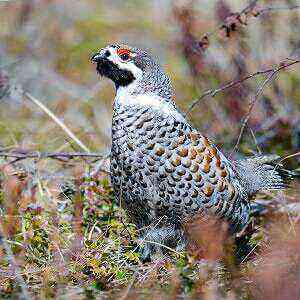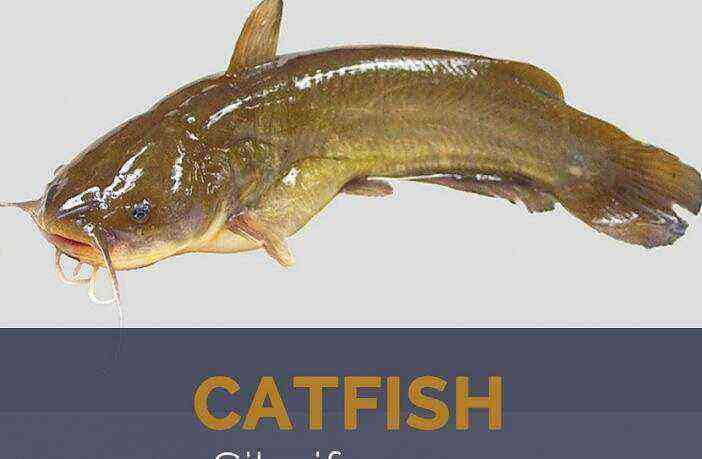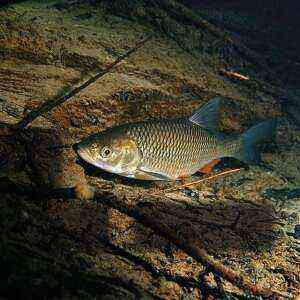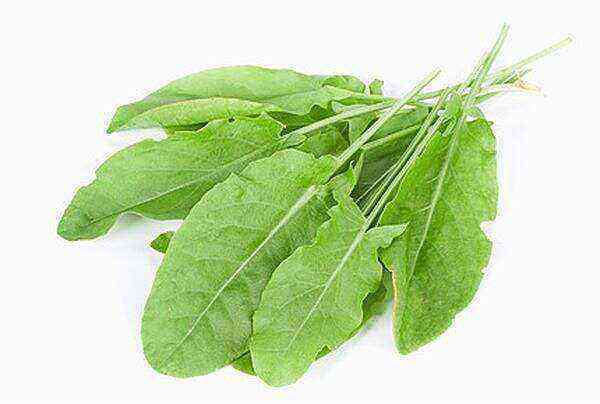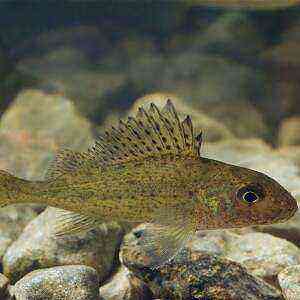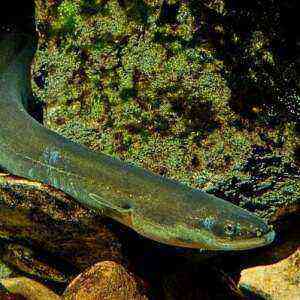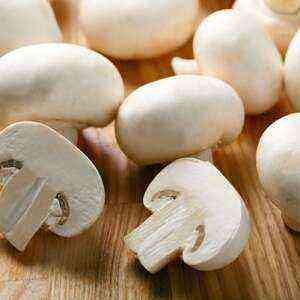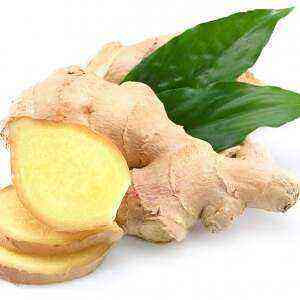However, despite the activity of the geese themselves, the composition of the goose meat is fat. Like all waterfowl, geese have a very well-developed fat layer, which provides good thermal insulation of their body. On average, a well-fed goose has about 50% fat in its meat. However, goose fat is significantly healthier than other types of poultry. If chicken fat is a source of carcinogens, then goose fat provides us with energy for movement and thermoregulation to a greater extent.
It is important that most of the fat is contained in the goose skin: it is here that the glands are located for lubricating the plumage of the bird with fat. With it, the calorie content of goose meat is about 400 kcal per 100 grams, while without it, 100 grams of pure meat contains only 160 kcal.
The chemical composition of goose is rich in vitamins. How is the goose useful? It contains vitamins A and C, a full complex of B vitamins, including B12, which is deficient for many, many mineral components accompanying vitamins – selenium, zinc, manganese, iron, and the elements we just need – calcium, magnesium, phosphorus, sodium other.
In addition, the composition of goose meat in large quantities contains useful amino acids, from which our body produces antibodies against various toxins and viruses. And these are already the most useful properties of the goose, for which they love it so much.
The benefits of goose
Since we are talking about amino acids, we must immediately say that the use of goose meat helps to strengthen the immune system and prevents the appearance and development of cancerous tumors in the body. The amino acids tryptophan, lysine, arginine and glutamic acid, as well as the antibodies that the body produces from them, are responsible for these useful properties of the goose.


